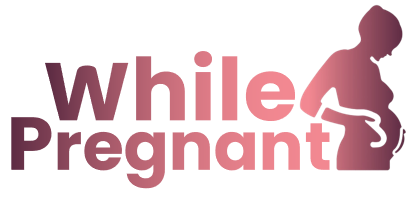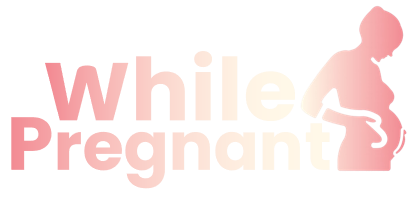Stretch marks are a common concern during pregnancy. They appear as thin lines on the skin when it stretches quickly due to weight gain. While genetics play a role, there are ways to reduce their appearance and support your skin’s health.
Understanding Stretch Marks
Stretch marks occur when the skin stretches beyond its capacity, causing collagen and elastin fibers to break. During pregnancy, the abdomen, breasts, thighs, and hips are most affected.
Prevention Tips
- Stay Hydrated:
Drinking water keeps your skin elastic and resilient. Aim for 8–10 glasses daily. - Moisturize Regularly:
Use creams or oils with ingredients like cocoa butter, shea butter, or vitamin E to maintain skin hydration. - Maintain a Healthy Weight:
Gradual weight gain reduces the risk of excessive skin stretching. Follow a balanced pregnancy diet rich in fruits, vegetables, and whole grains. - Consume Nutrient-Rich Foods:
Include foods high in zinc, vitamin C, and omega-3 fatty acids. These nutrients support collagen production. - Massage Your Skin:
Regular massages improve circulation and boost skin elasticity. - Exercise Safely:
Low-impact activities like yoga or walking can improve blood flow and help manage weight.
When to Start Prevention?
Start moisturizing and following a healthy routine early in pregnancy. Consistent care can minimize the severity of stretch marks.
Additional Resources
Preventing stretch marks requires a commitment to hydration, nutrition, and skincare. While not all marks can be avoided, these practices help maintain your skin’s health during pregnancy.
Here’s a cool short pregnancy hack video. Just watch this and start doing it yourself.










